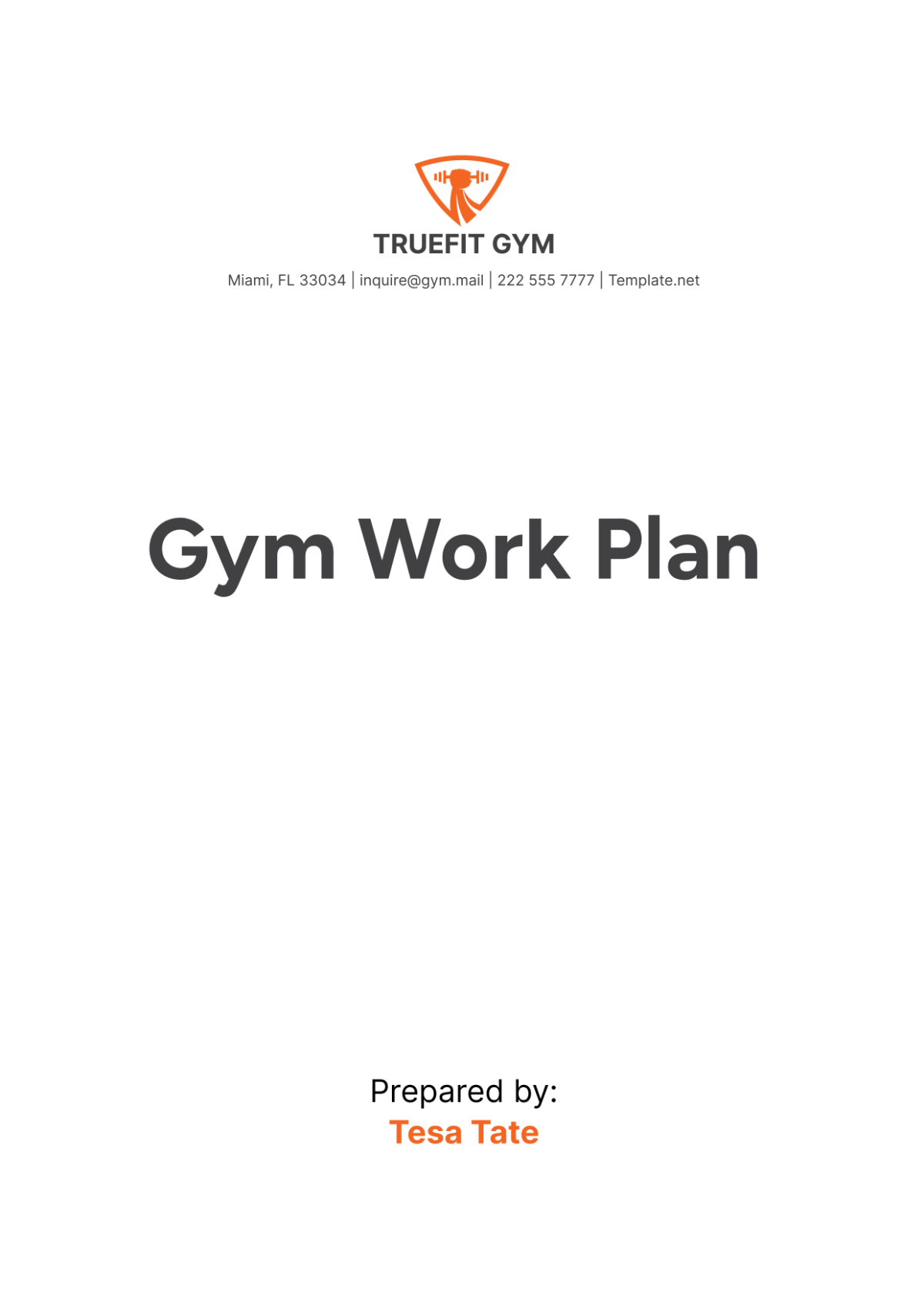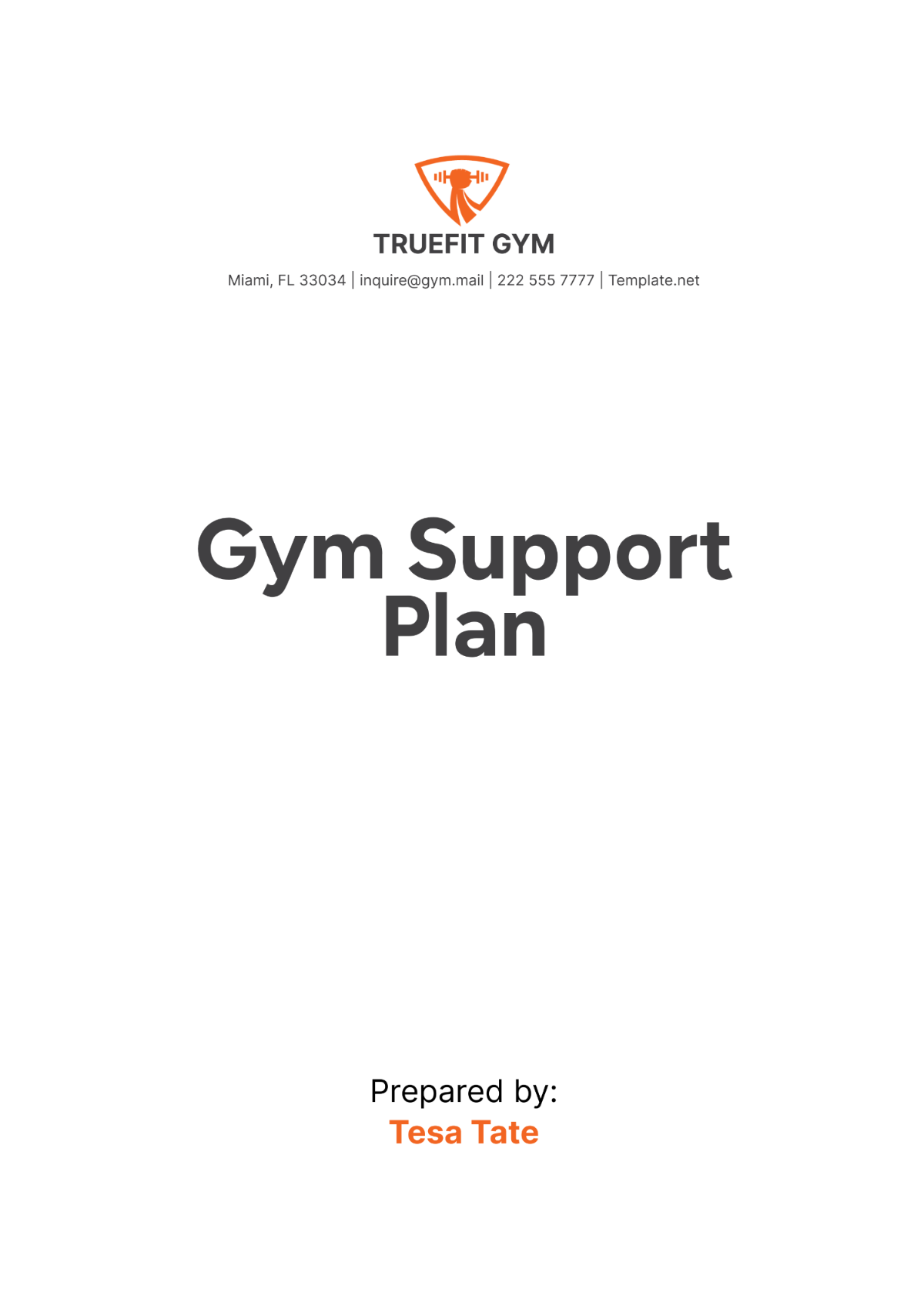Free Gym Session Plan
Organize sessions effectively with Template.net's customizable and editable Gym Session Plan Template. Personalize session plans using the AI Editor Tool for tailored workout schedules. Ensure clear and structured planning for gym sessions, enhancing organization and client satisfaction with this efficient and user-friendly template.













